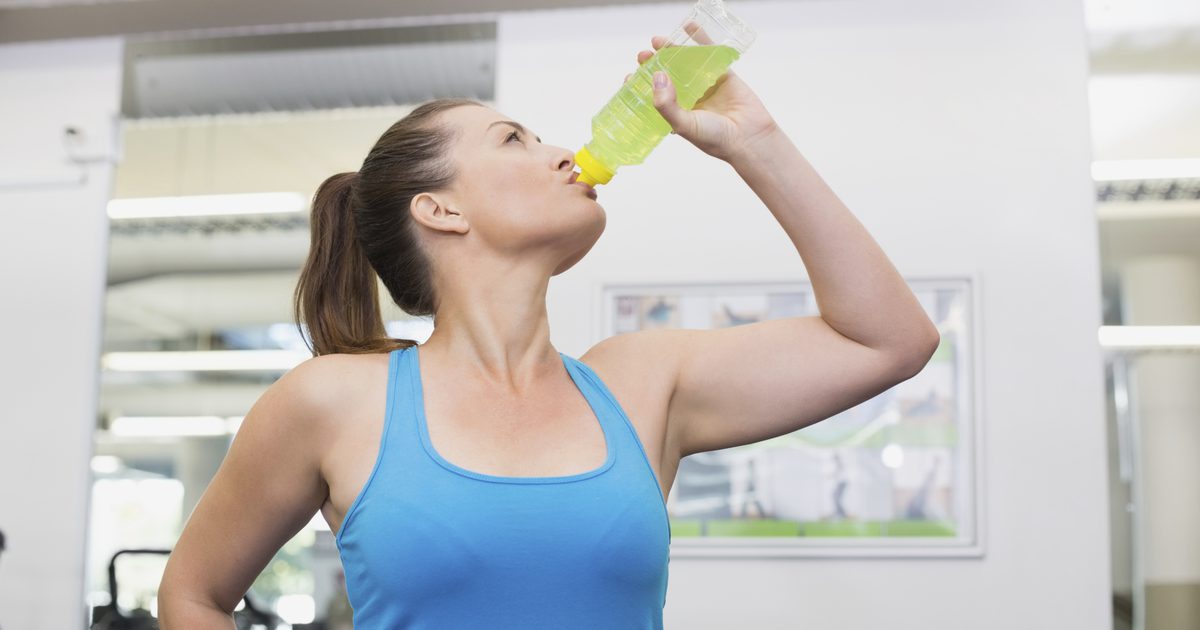Diagnosis, Prevention, And Treatment For Diabetic Ketoacidosis
Diabetic ketoacidosis, diabetic acidosis, is a serious complication related to diabetes. The condition is considered a medical emergency and results from an excessive amount of ketones in the bloodstream. Symptoms of diabetic ketoacidosis include weakness, abdominal pain, blurred vision, shortness of breath, nausea, vomiting, excessive thirst for more than one day, and confusion. Frequent urination, dry skin or a dry mouth, and muscle stiffness could also be present. Some patients may notice their breath has a fruity odor, and it may also smell like acetone, commonly found in nail polish remover. Patients should see their doctor if they are having trouble keeping liquids down and if their blood sugar readings are above three hundred. They should also see a doctor if ketones, which can be detected with at-home-urinalysis testing strips, are present in their urine. If left untreated, diabetic ketoacidosis may lead to coma, which can cause death. The steps outlined below may be helpful in the prevention and treatment of diabetic ketoacidosis.
Electrolyte Replacement

Electrolyte replacement is done to replenish electrolytes that may be lost due to the frequent urination and vomiting caused by diabetic ketoacidosis. These symptoms often lead to dehydration, which can cause the body's electrolytes to become unbalanced. Electrolytes are ionized substances within the body with the capacity to conduct electricity. The proper balance of electrolytes keeps the cardiovascular system and other body systems functioning correctly. Common electrolytes include sodium, potassium, bicarbonate, and chloride. Doctors can measure electrolyte values with blood tests. If electrolytes are low, they can be replaced through certain foods and drinks, such as sports drinks, electrolyte replacement drinks, and water with added electrolytes. Foods high in electrolytes include bananas, avocados, dates, beans, lentils, spinach, and potatoes. If at-home measures are not enough to adequately restore electrolyte levels, doctors can do so through the use of IVs at the hospital.
Keep reading for another method of treating diabetic ketoacidosis.
Fluid Replacement

As with electrolyte replenishment, fluid replacement is also necessary with this condition due to the dehydration it causes. Fluids allow the body to remove the excessive ketones from the blood, reducing its acidity. They also help reduce blood glucose levels. If the patient is alert and able to drink, they should be encouraged to drink as much fluid as is tolerable, ideally in the form of water. Orange juice or other sugary drinks like soda should be avoided as they will raise blood glucose levels even more. Patients in more advanced stages of diabetic ketoacidosis should be taken to the hospital. Doctors there will be able to provide fluid replenishment intravenously, and they may also recommend patients continue drinking fluids by mouth while they are receiving the intravenous ones. Intravenous fluids will be given until doctors determine the patient is adequately rehydrated, a process that can take several hours.
Get to know the next option for treating ketoacidosis now.
